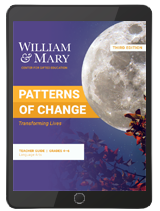Search Listing Name
product:
Utopia Teacher Guide 1 Year License
For grades 7-9, this unit provides an opportunity for students to learn about the search through the ages for utopia and the struggles to grasp and maintain it on both personal and societal levels, while examining why ideas about utopia undergo change.
Included is a 1-Year License to access to the Teacher eBook, Student eBook, and digital materials through our online platform, Flourish.
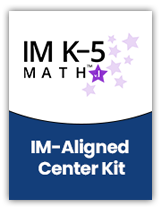
product:
IM: Grade 2 Bundle Center Kit - Spanish
To help educators save time, IM-aligned center kits provide all the printed resources to improve teaching efficiency and enhance student learning!
The Grade 2 Spanish Bundle Center Kit includes pre-cut game boards, recording sheets, and center & lessons card decks.
For a detailed list, please
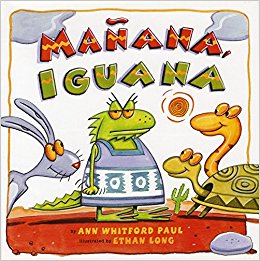
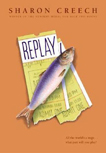
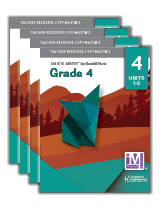
product:
Illustrative Mathematics: Grade 4 Teacher Resource Copy Master Set
Illustrative Mathematics K-5 MathTM is an IM Certified product providing trusted, highly rated materials to ensure students thrive in mathematics. Each Illustrative Mathematics lesson has four phases, from pre-unit practice modules to cool downs, focusing students’ attention on definitions, notations, and graphical conventions contributing to the development of real numbers.
The big ideas in

